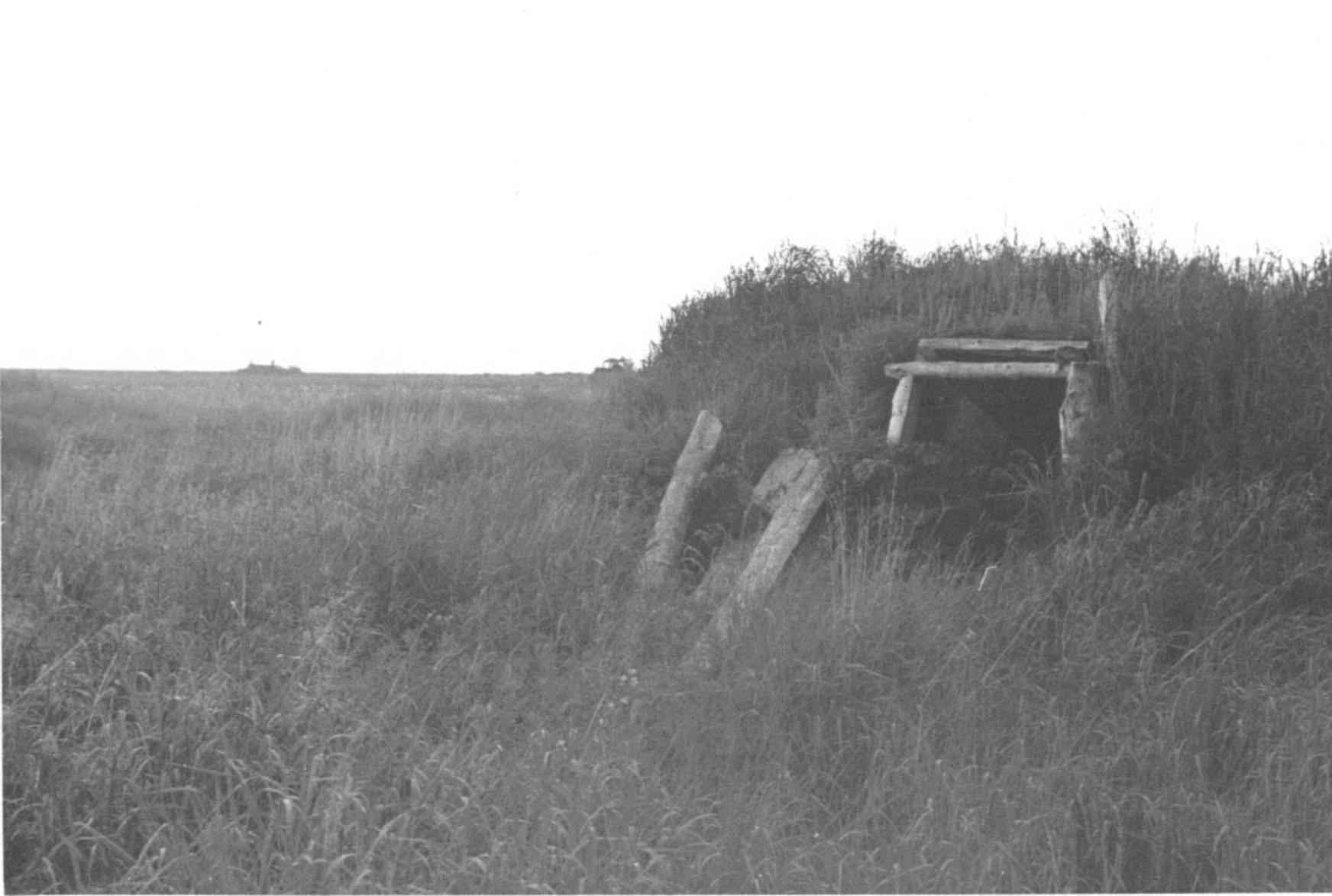Homes like parkas? Why Arctic housing may need to go back to the future
Housing solutions imposed on Indigenous Arctic residents from governments further south have often had disastrous consequences. Future cold climate design could learn from traditional techniques.

SEATTLE — Arctic housing specialist Jack Hébert likes to paraphrase a saying from the Inupiaq, an Indigenous group living in Alaska’s Arctic.
“Before the white man came, we lived in the ground and we buried our dead in the air,” atop the tundra, Hébert said. “After the white man came, we buried our dead in the ground, we live in the air and we’ve been cold ever since.”
Over the last three generations, the Inupiaq have transitioned from traditional homes dug into the earth for insulation to freestanding houses that struggle to withstand the extreme climate of far northern latitudes.
Their experience is emblematic of how designs imported from more southern regions have failed to meet Arctic housing needs, said Hébert, founder of the Cold Climate Housing Research Center in Alaska.
“No one has ever asked rural Alaskans what they were going to live in,” Hébert told the Thomson Reuters Foundation at the Arctic Encounter Symposium in Seattle last month.
In the mid-20th century, national, state and provincial governments financed large-scale social and subsidised housing in Alaska, northern Canada and Arctic Russia, Hébert said, often with disastrous consequences for health risks and household energy costs.
“Elders and children in Alaska have the highest incidence of upper respiratory distress of any population in the United States and it’s directly attributed to poor indoor air quality — mold, moisture, inadequate ventilation,” Hébert said.
In 2009, his center assessed homes in Quinhagak, nearly 400 miles (700 kilometers) southwest of Anchorage, and found 30 percent were at risk of catastrophic structural failure and suffering from severe mold due to poor construction that trapped moisture inside the walls.
“The houses themselves were so rotten you could push a No. 2 pencil right through the wall and you couldn’t mount a toilet on the floor,” he said.
Quinhagak’s experience is emblematic of the Arctic as a region, he said.
“Canada and Russia are pitiful — the same horror stories are right across the border,” he said.
Housing conditions are better in the Nordic countries, however, which have more robust social housing programs and whose Arctic territories have milder climates, he said.
More cost, less warmth
Inadequate insulation is also a recurring problem, leading to excessively high heating costs and helping drive climate change.
In January 2018, the most recent month for which data is available, heating oil averaged about more than $4 per gallon in Alaska, with prices even higher in areas, such as the Arctic, which are off the state’s limited road system, according to a state fuel price survey.
Fuel in North Dakota — which has some of the coldest winters in the continental United States — cost just over $2 per gallon by comparison.
Hébert’s center has designed housing prototypes that are warmer and can reduce average heating oil consumption by as much as 90 percent.
About 14,600 homes in Alaska are extremely energy inefficient, or 5.7 percent of total Alaska homes, according to the 2018 Alaska Housing Needs Assessment.
“The largest untapped source of energy savings is retrofitting homes for better insulation,” former Alaska Lieutenant Governor Mead Treadwell told the Thomson Reuters Foundation.
“People are always reluctant to add things to a building code that add cost and can deny people housing,” he said. Requiring insulation “has not been a priority for state government — and it should be,” he said.
The Cold Climate Housing Research Center’s headquarters, in Fairbanks, is the farthest north building known to meet top U.S. construction standards for energy efficient buildings that are also healthy to live in.
It has done that through measures such as drawing in the Earth’s warmth with a ground source heat pump, catching and storing the sun’s energy and installing hundreds of sensors to monitor energy efficiency.
What Arctic dwellers need in terms of housing is similar to what they need from a good winter parka, Hébert said.
“You need good insulation that’s tight — you don’t want a broken zipper — and (it’s) the same thing for your house; you want a complete thermal envelope. That means no cold spots,” said Hébert.
He grew up in a cedar house in southeast Alaska and lived for several years in a traditional sod house north of the Arctic Circle.
“I experienced firsthand the indigenous technologies and how perfectly they were adapted to the environment,” he said.
“People don’t necessarily want to go back to living in sod houses,” he said. “But those principles of sustainable shelter can be incorporated with 21st century technologies to make much more comfortable homes.”
The Thomson Reuters Foundation is the charitable arm of Thomson Reuters. It covers humanitarian news, climate change, resilience, women’s rights, trafficking and property rights.